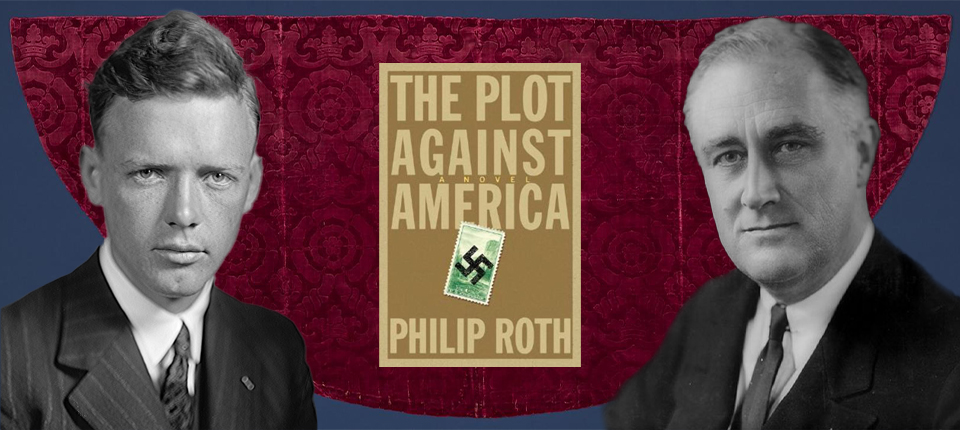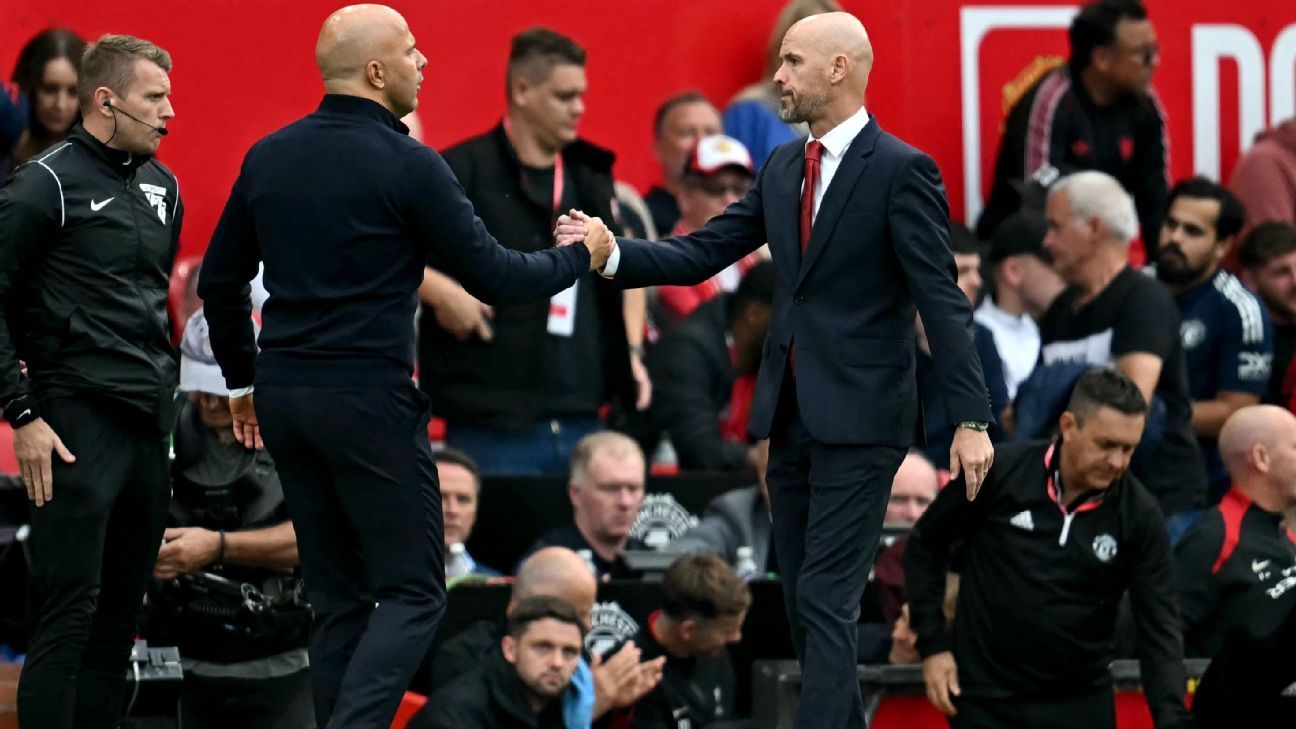The reports of the vast and disparate wealth and landholdings of the House of Windsor (ranging from a service station in Crewe to a fire station in Dorchester and a farmhouse in Transylvania) reminded me of the property of the Roman emperors. No, there is little similarity between the UK royal family and the Roman imperial house. But “cherchez the cash” is usually a good motto for anyone researching dynastic rulers.
It has always been easy enough to point to some political sources of imperial power in Rome: the control of the army, the compact and trade-offs with the traditional elite. But one of the most important factors, easy to overlook, was that (within a generation or two, if not before) the emperor was quite simply the richest man in the Roman world.
I hadn’t quite “got” this till I wrote my book on the Roman emperor. But it actually stares you in the face. The head of the emperor on the coins is part of it. When Julius Caesar became the first living man in Rome to be displayed like that (and Caesar was followed by all his successors), I had usually seen this as a statement of the omnipresence of the emperor’s power (the average Roman had to carry the emperor’s face around with you, even on the small change in their pockets). And so it was, but it also linked imperial power with money. And that point was acted out in some imperial histrionics – as when Caligula is supposed to have climbed onto the roof of a building in the forum and literally thrown cash at the people below. (It’s a good rule of thumb that “bad” emperors, like Caligula, get things right but in the wrong way.)
 Denarius featuring emperor Marcus Aurelius | © Rasiel at English Wikipedia, CC BY-SA 3.0 https://creativecommons.org/licenses/by-sa/3.0, via Wikimedia Commons
Denarius featuring emperor Marcus Aurelius | © Rasiel at English Wikipedia, CC BY-SA 3.0 https://creativecommons.org/licenses/by-sa/3.0, via Wikimedia CommonsBut much more like our own royal family was their property throughout the Roman world. I don’t just mean their villas and mini-palaces scattered around Italy, which passed down from emperor to emperor (the portfolio getting bigger and bigger over time, as new imperial dynasties added their own family property to it). There is also plenty of evidence – from archaeology, inscriptions and registers on papyrus from Egypt – of more mundane and industrial premises owned by the emperor (the service station in Crewe type of thing). The emperor Augustus’ wife, Livia, for example, owned a commercial papyrus marsh in Egypt, while Nero had a series of agricultural properties across North Africa. He may well have acquired them by confiscation – but, however they came into his hands, there was at least one that was still known as “Nero’s Farm” a century after his death. Meanwhile, closer to home, the mother and sister of the emperor Marcus Aurelius exploited some clay-pits (for brick manufacture) near Rome. I doubt that they got their hands very dirty, and the whole enterprise was no doubt managed by their enslaved staff or by “franchisees”, but it was the emperor’s family who raked in the profits. And so on …
Power, in ancient Rome as elsewhere, came with property. The emperors actually owned a lot of their empire.
The post Royal riches appeared first on TLS.

 By Times Literary Supplement | Created at 2024-11-05 16:14:12 | Updated at 2024-11-05 21:15:35
5 hours ago
By Times Literary Supplement | Created at 2024-11-05 16:14:12 | Updated at 2024-11-05 21:15:35
5 hours ago








